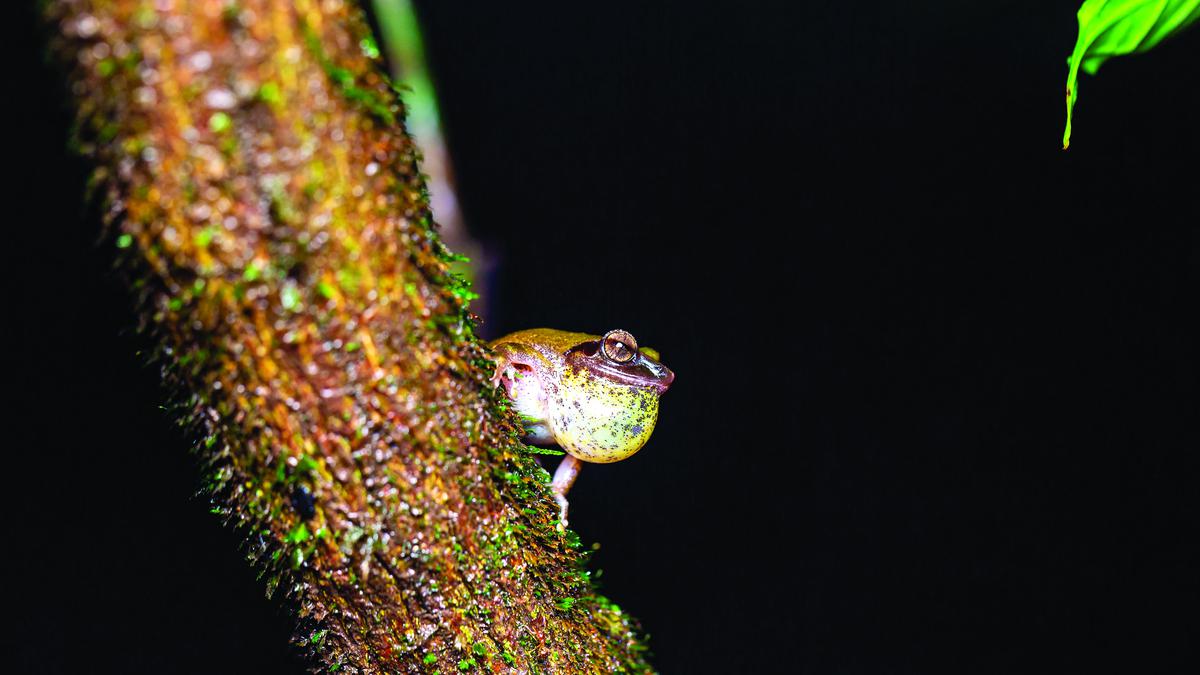Context
-
The world’s worst animal disease Chytridiomycosis is killing frogs worldwide. For the past 40 years, a devastating fungal disease has been ravaging frog populations around the world, wiping out 90 species.
About Chytridiomycosis
- Chytridiomycosis, or “chytrid” for short, has driven severe declines in over 500 frog species and caused 90 extinctions, including seven in Australia.

Photo Credit: Yogini Emmanual - The extreme rate of mortality, and the high number of species affected, makes chytrid unequivocally the deadliest animal disease known to date.
- Chytrid infects frogs by reproducing in their skin.
- The single-celled fungus enters a skin cell, multiplies, then breaks back out onto the surface of the animal. This damage to the skin affects the frog’s ability to balance water and salt levels, and eventually leads to death if infection levels are high enough.
- Chytrid originated in Asia. It’s believed that global travel and trade in amphibians led to the disease being unwittingly spread to other continents.
- Frogs in regions such as Australia and the Americas did not have the evolutionary history with chytrid that could grant them resistance. So, when they were exposed to this new pathogen, the results were devastating.
- To find out if a frog is carrying chytrid, researchers swab the animal and run the same type of test you might recognise from COVID-19 testing – a qPCR.
- It stands for quantitative polymerase chain reaction, and simply put, is a way to measure the volume of DNA from a species of interest.
- The most puzzling thing about chytrid is that some amphibian species – even those that have not evolved with the pathogen – don’t become sick when they carry the fungus. These species have some form of natural immune resistance.
- However, frog immunity is extremely complex. Immunity might come from anti-microbial chemicals within the skin, symbiotic bacteria on the skin, white blood cells and antibodies in the blood, or combinations of these mechanisms.
Source: TH
Visit Abhiyan PEDIA (One of the Most Followed / Recommended) for UPSC Revisions: Click Here
IAS Abhiyan is now on Telegram: Click on the Below link to Join our Channels to stay Updated
IAS Abhiyan Official: Click Here to Join
For UPSC Mains Value Edition (Facts, Quotes, Best Practices, Case Studies): Click Here to Join
